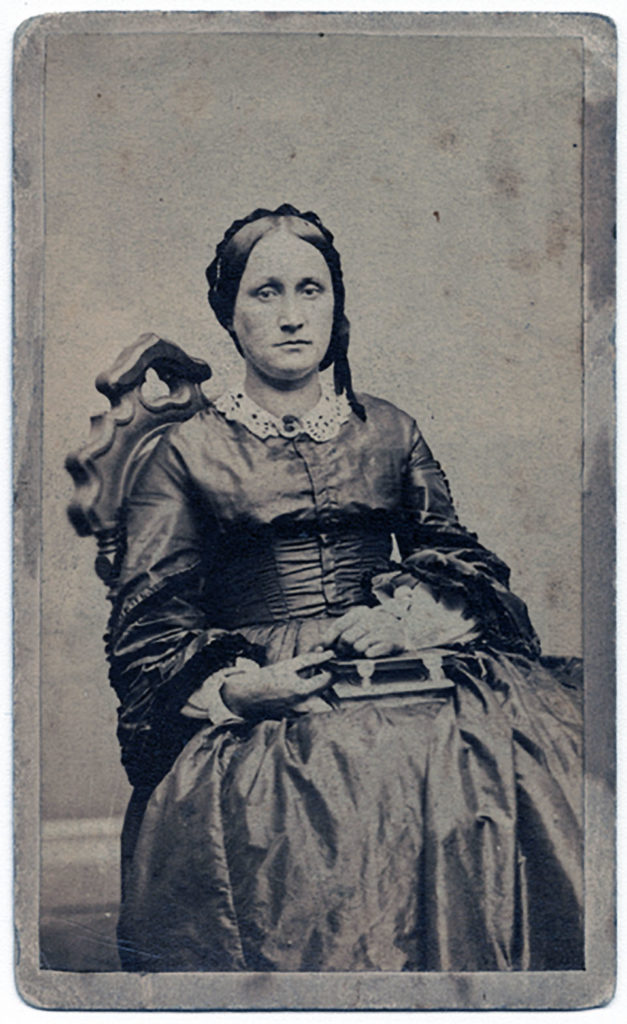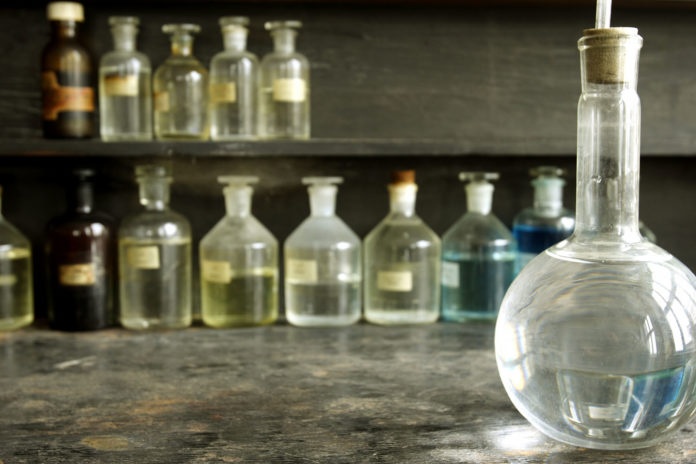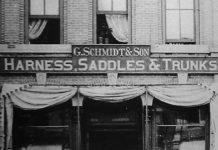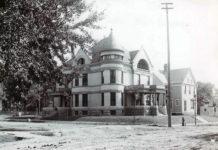The Mayo Clinic has an international reputation for being one of the most progressive medical centers in the world.
People attribute this to the founders, Dr. William Worrall Mayo, and his sons Dr. Will and Dr. Charlie. Many people neglect to give credit to Louise Mayo, who spent her adult life trying to keep her talented, but adventurous, husband somewhat organized. She was an independent business woman, a mother who undertook teaching their sons, Will and Charlie, and the collector of medical fees when Dr. Mayo didn’t bother to ask for payment.
Forging a family
Louise Abigail Wright met William Worrall Mayo in Indiana. He was a somewhat footloose Englishman furthering his medical studies at Indiana Medical College in Lafayette. At the same time, he ran a tailoring business. The adage that “opposites attract” was certainly true in their relationship. They married in 1851, and for the next 60 years it was her determination and perseverance that balanced his impulsiveness and zest for action.
While W.W. Mayo began his medical practice in Indiana, Louise Mayo established a successful millinery business, creating original hats. She also gave birth to the couple’s first two children. Their firstborn, a son, lived only six weeks. Their second child, called “Trudy” while growing up in LeSueur, Minn., eventually became the grande dame Gertrude Mayo of Rochester.
They married in 1851, and for the next 60 years it was her determination and perseverance that balanced his impulsiveness and zest for action.
While Louise Mayo remained in Indiana with her millinery business and her children, her husband attended medical classes at the University of Missouri. Then, he headed off to Minnesota Territory, where he found the healthful climate he was seeking. He returned to Indiana, shipped his wife’s millinery supplies to St. Paul, settled his family there, and—no, he didn’t establish a medical practice. He went off on another adventure—to Lake Superior’s North Shore to look for copper.
Meanwhile, Louise established her business in St. Paul, advertising “Mrs. L.W. Mayo’s fashionable millinery and dress making.” True to her character, she used her own initials rather than calling herself “Mrs. W.W. Mayo,” as would have been the custom.

Roots
While Mayo wandered about Minnesota Territory, he located and bought an abandoned farm near the town of Le Sueur. Louise Mayo resourcefully sold her millinery business before she and Trudy joined him there in 1856.
While living on the Le Sueur farm, Louise Mayo gave birth to two more daughters. During that time, her husband established a medical practice and also put his skills to work as a veterinarian. In addition, he operated a ferry service across the Minnesota River and served as a justice of the peace.
We have accomplished much, my brother and I. But we should have done great things, we were given the opportunity. We were born at the right time and to the right parents.Dr. Will Mayo
Three years after their move to Le Sueur, spring floods forced the family to move into the town of Le Sueur. Residing in a small community, the Mayo family gained more stability. W.W. Mayo and his brother built a barn and a small, two-story house, scaled to the smaller stature of the Mayo family. (W.W. Mayo was known as “the little doctor” because of his short stature.)
The house is now a museum that displays a few Mayo family items and artifacts of the era. It was in that house that the Mayos’ youngest daughter died and their son William—who became known as “Dr. Will”—was born.
Growing pains
Quite a few legends about the Mayo family were born in Le Sueur.
One of those legends is that Dr. Mayo and his wife were often at odds with each other and did not speak for days, except when necessary, perhaps asking the other to “Pass the salt.” Whether or not they avoided speaking to each other, the couple did produce six children, four of whom survived to adulthood. One might wonder, though, how such a competent woman dealt with a husband who seemed to have little concern for non-medical details. Common legend is that Louise Mayo often had to collect fees from the doctor’s patients because he often did not do so.
Louise Mayo’s ability to cope was put to the test three years after the move into Le Sueur.
In August 1862, the Dakota Conflict erupted on the Minnesota frontier, and Dr. Mayo joined several other doctors in setting up makeshift hospitals near New Ulm. With her usual “can do” approach, Louise Mayo opened her home to three families and the barn to eight others as people rushed from solitary farms to the relative safety of a community. Legend has it that she baked bread around the clock—in August heat—to keep her guests fed. She also organized the women into columns, with their skirts tied to look like trousers, and marched them around the farm with tree branches on their shoulders to resemble guns, hoping it would dissuade potential attackers from focusing on this little settlement.
On to Rochester
A year later, the Mayo family began an entirely different life. In 1863, Dr. Mayo was appointed examining surgeon for the Union Army in Rochester. He liked the city and brought his wife and children from Le Sueur in 1864. There, Charles, the couple’s sixth child was born–eventually known as Doctor Charlie.
In Rochester, Louise Mayo’s role expanded. She began studying medical books, visiting patients with her husband and even helping with home operations, which were called “kitchen surgery.” She also advised patients when Dr. Mayo was out of town, putting to use the medical knowledge she gained from her reading and while assisting the doctor.
They studied botany in the garden and in nearby fields and woods, preparing for the time the boys would accompany their father on his rounds.
In 1875, the family’s move from their small Rochester home into a large house on 35 acres southeast of the city gave Louise a new opportunity. She took on the role of educator. She installed a four-foot telescope in the home’s tower and taught Will and Charlie astronomy, as well as other natural sciences. They studied botany in the garden and in nearby fields and woods, preparing for the time the boys would accompany their father on his rounds.
Whether on a Le Sueur farm or in a cosmopolitan city, it was Louise Mayo’s ongoing role to provide stability to her family. She faced another challenge in Rochester when her husband’s wanderlust reared its head again. In response to his desire to seek new challenges, Louise insisted that the family stay in Rochester.
As the Mayo name began to be known in the community, Dr. Mayo had the opportunity to serve as a school board member, as an alderman and, eventually, as the mayor of Rochester. When a tornado devastated part of Rochester in 1883, he was urged to build a hospital, despite his conviction that people wanted doctors to attend them at home. St. Mary’s hospital opened with 27 beds in 1889, staffed by Dr. W.W. Mayo and his sons, Dr. Will and Dr. Charlie.
One might wonder where, or if, the Mayo Clinic would exist had Louise Mayo not curbed her husband’s wanderlust by insisting the family remain in Rochester.
Dr. Will and Dr. Charlie commented
The names of the two sons of W.W. Mayo and Louise Mayo are as well known as their father’s name. Dr. Will and Dr. Charlie credit both of their parents with their own success. Dr. Will once wrote, “We have accomplished much, my brother and I. But we should have done great things, we were given the opportunity. We were born at the right time and to the right parents.”




